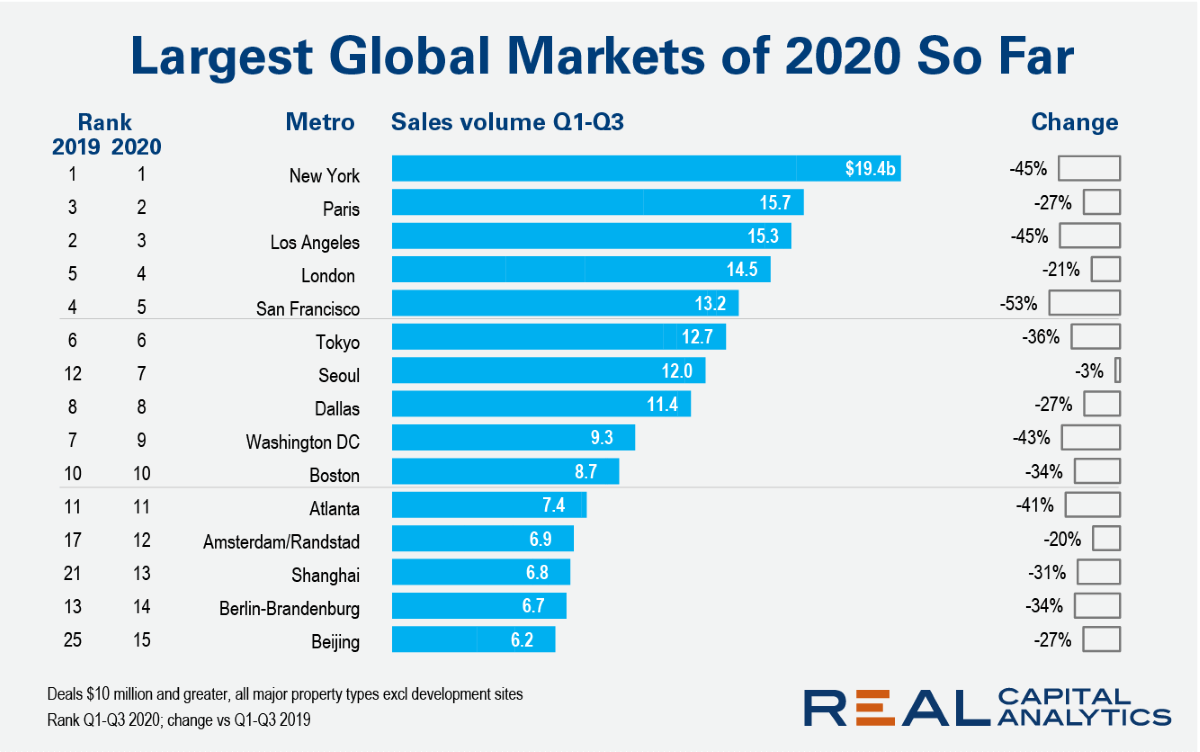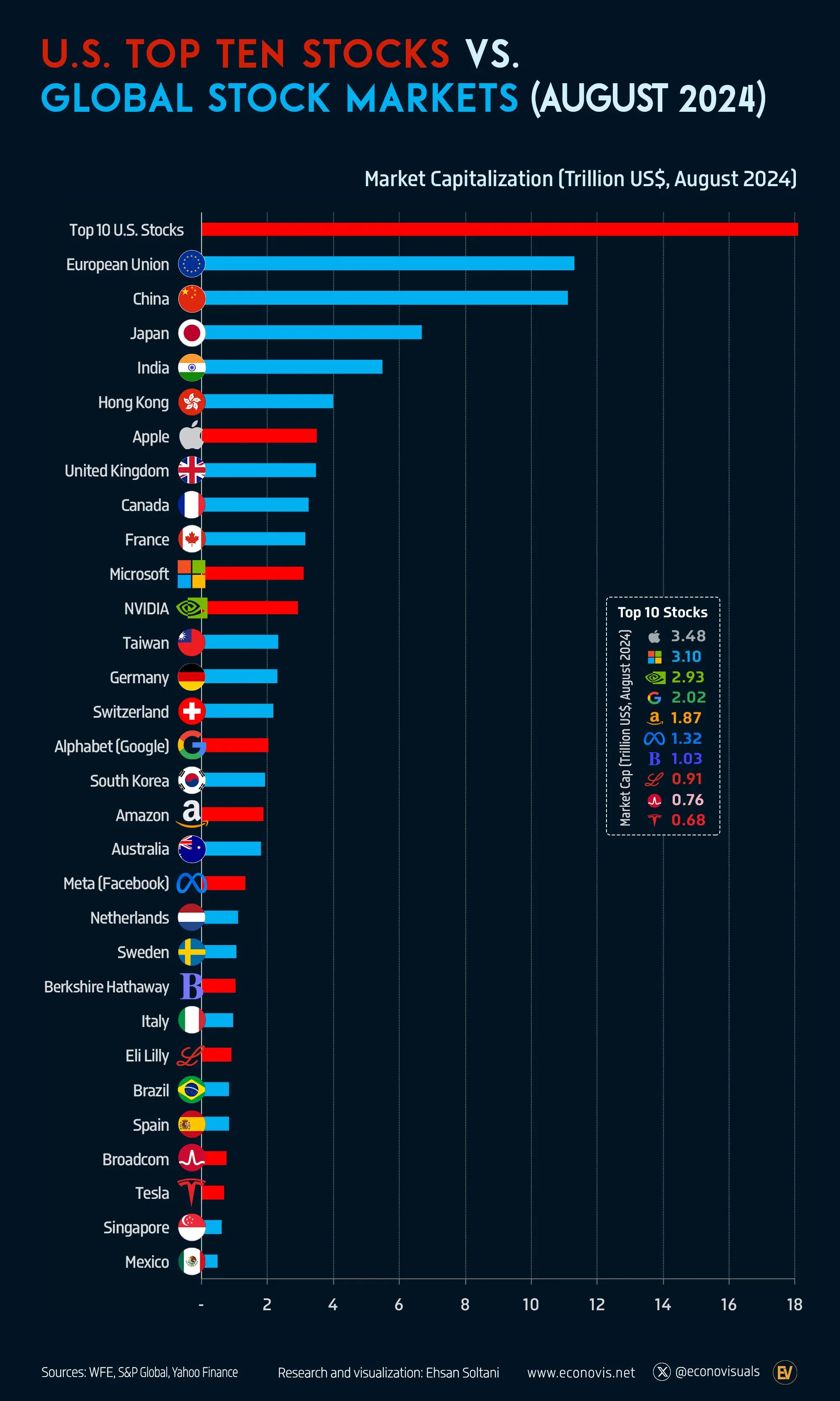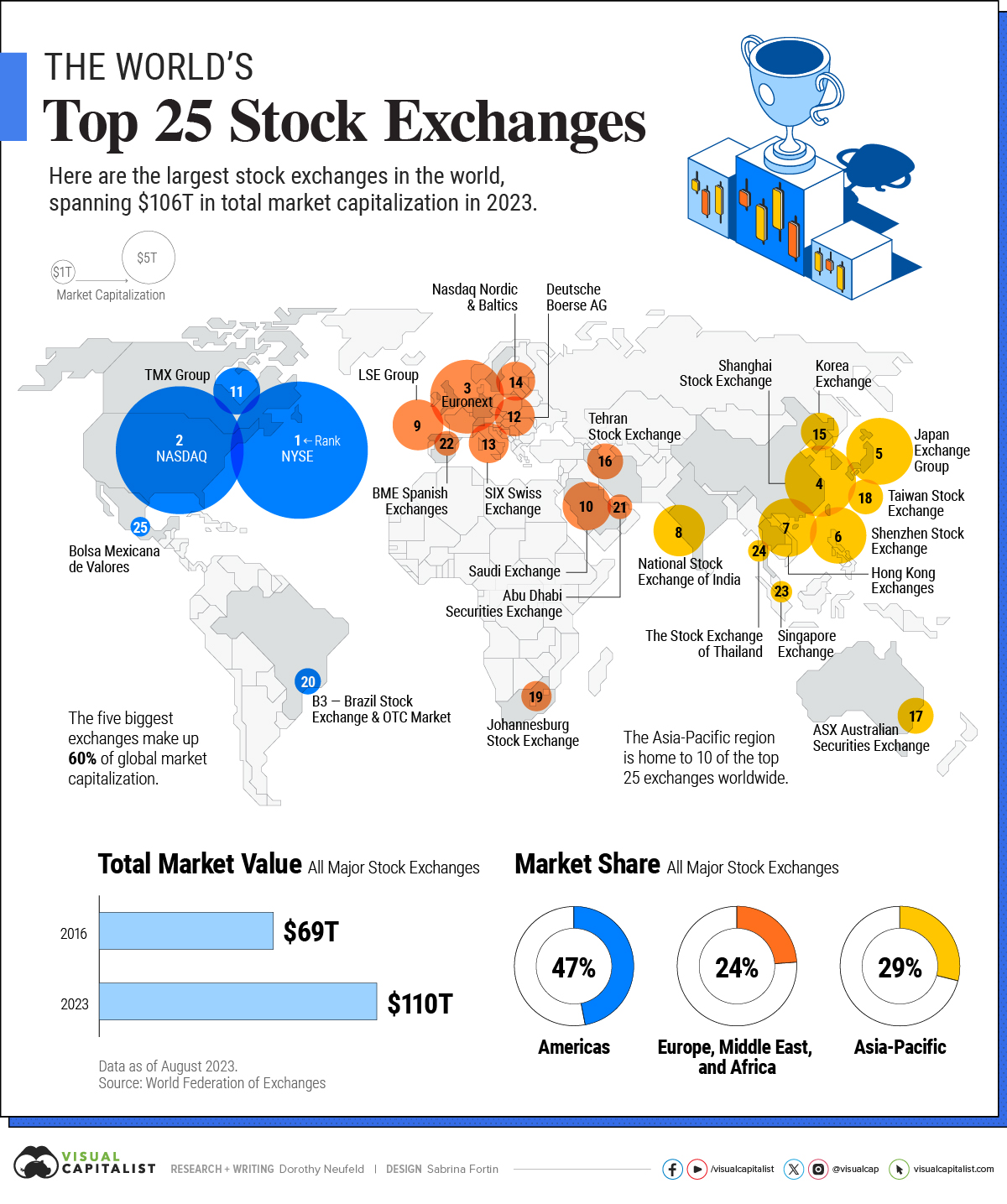Top Global Markets: Key Insights and Trends for Business Growth
In today’s interconnected world, understanding the top global markets is crucial for businesses looking to expand their reach and maximize profits. The global marketplace offers a wealth of opportunities, but identifying the best markets to target is essential for strategic success. In this article, we’ll explore some of the largest and most lucrative global markets, why they matter, and how businesses can take advantage of these opportunities for growth.

The Importance of Understanding Global Markets
Before diving into the specifics, it’s important to understand why global markets are so significant. With technology and communication breaking down geographical barriers, businesses can now reach customers across the globe. The benefits of expanding into global markets include:
-
Increased customer base: Expanding into international markets helps businesses tap into new consumer groups.
-
Higher profit potential: Global markets offer the opportunity to scale operations and increase revenues significantly.
-
Diversification: By entering multiple markets, companies can reduce the risks associated with economic downturns in their home countries.
With these benefits in mind, it’s clear that understanding which global markets to target is a key factor in achieving long-term success.
Top Global Markets for 2025
1. United States: The Leader in Innovation and Technology
The United States remains one of the largest and most influential markets globally. With a population of over 330 million people and a thriving economy, the U.S. offers abundant opportunities for businesses across various sectors.
Key industries in the U.S. include:
-
Technology and Innovation: Home to Silicon Valley, the U.S. is a global leader in tech and innovation, attracting businesses in software development, artificial intelligence, and e-commerce.
-
Healthcare: With a robust healthcare system, the U.S. is a key market for pharmaceutical companies, medical devices, and health services.
-
Finance: Wall Street continues to drive the global financial sector, with New York City serving as a global hub for investment and banking.
Expanding into the U.S. market offers businesses access to a dynamic consumer base, a highly skilled workforce, and access to cutting-edge technology.

2. China: The World’s Largest Consumer Market
China has become one of the world’s most powerful economies, with a population of over 1.4 billion people. As a leader in manufacturing and export, China is also a key consumer market, especially in sectors like:
-
E-commerce: China is a global leader in online retail, with platforms like Alibaba and JD.com dominating the market.
-
Automotive: With the world’s largest car market, China is a hub for both domestic and international automotive companies.
-
Technology: Chinese tech giants like Huawei and Tencent have a massive influence, making China an attractive market for businesses in IT, software, and telecommunications.
For companies looking to enter the Asian market, China offers vast potential in both consumer goods and industrial sectors.
3. India: The Rising Giant with a Growing Middle Class
India is one of the fastest-growing economies in the world, with a young, dynamic population and a rapidly expanding middle class. The country offers a wealth of opportunities in sectors such as:
-
Technology and IT: India’s technology sector is booming, with Bangalore serving as the Silicon Valley of India.
-
Retail: With a growing middle class, India’s retail market is expected to expand significantly in the coming years.
-
Renewable Energy: India is heavily investing in renewable energy sources, offering opportunities for companies involved in solar and wind energy.
India’s rapidly growing economy makes it an attractive destination for businesses looking to tap into new consumer markets and establish a presence in South Asia.
4. European Union: A Unified Market with Diverse Opportunities
The European Union (EU) represents a massive unified market with 27 member states and over 440 million consumers. The EU is a hub for global trade and commerce, with opportunities in:
-
Automotive: Germany, in particular, remains a global leader in automotive manufacturing, with brands like BMW, Volkswagen, and Mercedes-Benz.
-
Finance: London and Frankfurt are two of the most important financial centers in Europe, offering access to investment opportunities and financial services.
-
Renewable Energy: The EU has ambitious goals for green energy, creating opportunities for businesses involved in sustainable practices.
The EU’s integrated market provides businesses with access to a diverse customer base, a skilled workforce, and numerous investment opportunities.

5. Brazil: The Leading Economy in Latin America
As the largest economy in Latin America, Brazil is a key player in the region’s trade and commerce. The country has abundant natural resources and a growing consumer market, making it an attractive destination for global businesses. Key industries in Brazil include:
-
Agriculture: Brazil is a leading exporter of agricultural products like soybeans, coffee, and beef.
-
Energy: The country has vast energy resources, particularly in oil and renewable energy sources.
-
E-commerce: Brazil’s online retail sector has seen significant growth, with an increasing number of consumers shopping online.
With a large, young population and a burgeoning middle class, Brazil offers substantial opportunities for businesses looking to enter Latin American markets.
6. Japan: A Technologically Advanced Market
Japan is a highly developed economy and one of the world’s largest consumer markets. Known for its technological prowess, Japan offers numerous opportunities in sectors like:
-
Electronics and Robotics: Japan is home to some of the world’s leading tech companies, including Sony, Panasonic, and Toyota.
-
Automotive: Japan is a global leader in automobile manufacturing, with companies like Toyota and Honda.
-
Healthcare: Japan has an aging population, leading to increased demand for healthcare products and services.
Expanding into Japan allows businesses to tap into a sophisticated market with high demand for innovative products and services.
Key Trends Shaping Global Markets
As businesses look to expand into top global markets, it’s important to be aware of current trends that are influencing these markets. Some key trends include:
1. Digital Transformation and E-commerce Growth
Across the globe, digital transformation is reshaping industries, with e-commerce seeing rapid growth. Businesses in top markets are investing heavily in online platforms, automation, and artificial intelligence to improve efficiency and customer engagement. In particular, markets like China, India, and the U.S. are driving e-commerce expansion.
2. Sustainability and Green Technology
Sustainability is becoming a key priority for many global markets, with increased focus on green energy, electric vehicles, and sustainable manufacturing. Governments and businesses are investing in clean technologies and renewable energy, creating new opportunities for companies in these sectors.
3. Healthcare and Biotechnology Innovation
With the global population aging, the demand for healthcare products and services is growing. Markets like Japan, the U.S., and the EU are seeing increasing investments in biotechnology, pharmaceuticals, and medical devices.
How to Tap into Global Markets
To successfully enter and thrive in global markets, businesses need to:
-
Conduct thorough market research to understand the needs, preferences, and behaviors of consumers in each target market.
-
Develop a localized strategy that considers cultural differences, legal requirements, and market conditions.
-
Leverage digital tools and automation to streamline marketing, sales, and customer service processes across borders. Platforms like DUYTHIN.DIGITAL offer automation solutions for businesses looking to optimize their operations globally.
FAQs on Global Markets
1. Which are the largest global markets for businesses?
The largest markets include the United States, China, India, the European Union, Brazil, and Japan.
2. How do I identify the best global markets for my business?
Consider factors like market size, growth potential, industry trends, and consumer demand when evaluating target markets.
3. What are the biggest challenges in entering global markets?
Challenges include understanding local regulations, overcoming cultural differences, managing supply chains, and navigating currency fluctuations.
4. How can businesses expand into global markets effectively?
Businesses can expand by conducting market research, forming strategic partnerships, and localizing their products or services to meet the unique needs of each market.
5. What role does technology play in global markets?
Technology enables businesses to scale operations, streamline processes, and engage with international customers more effectively through e-commerce, automation, and digital marketing tools.
Conclusion
Expanding into top global markets is essential for businesses aiming to stay competitive and grow in today’s dynamic economy. By understanding the key global markets, staying aware of emerging trends, and leveraging digital tools, businesses can unlock immense growth potential. Whether you’re looking to expand into the U.S., China, India, or beyond, the opportunities are vast. Use strategic insights and the right tools to navigate these markets and achieve long-term success.
